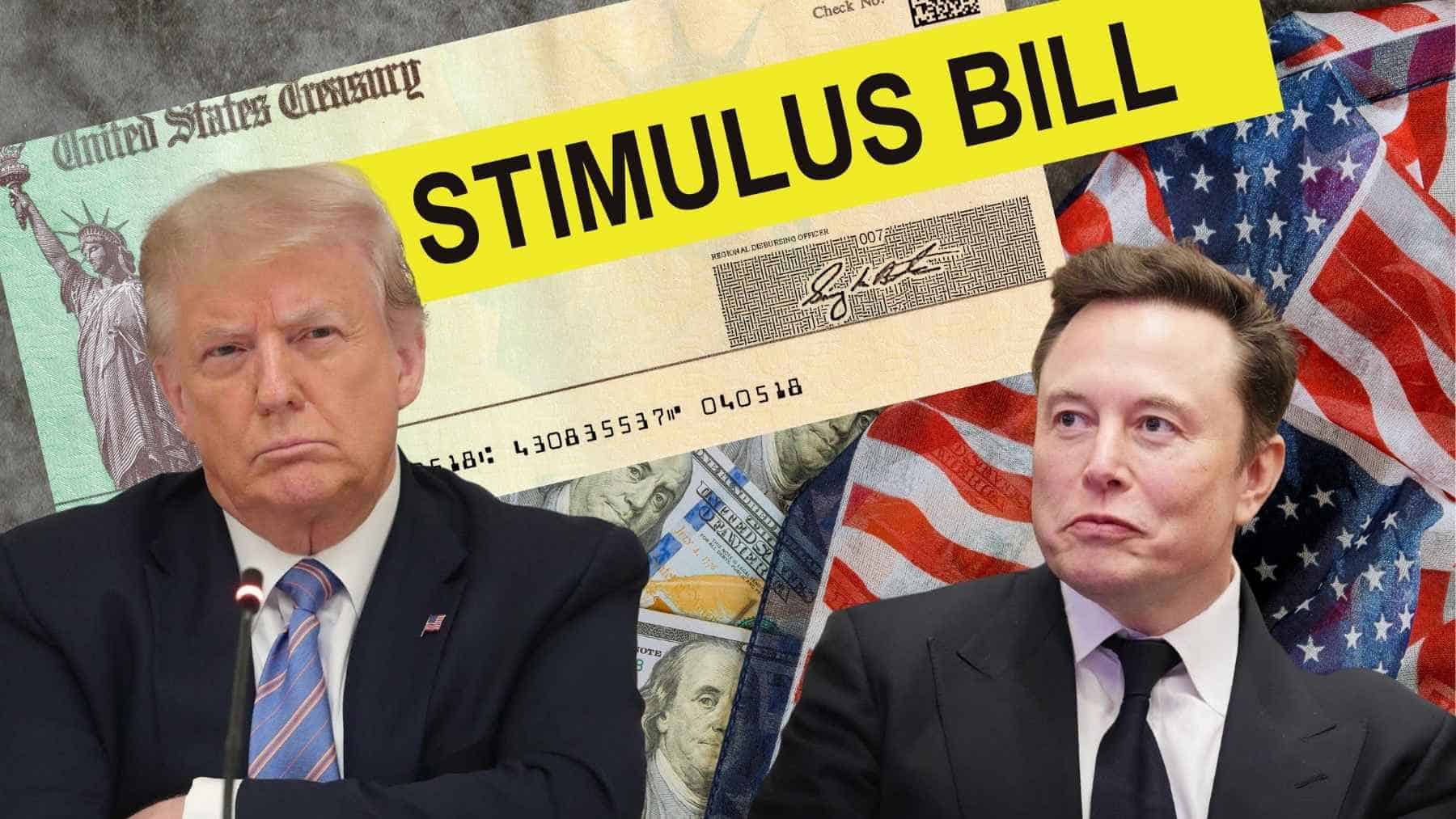A $5,000 stimulus check has been the talk of the town recently, and many Americans are curious and hopeful, but what really is the story behind this? Let’s find out below.
The Idea of the Proposal
The idea of the $5,000 stimulus check comes from the Department of Government Efficiency (DOGE). This is aimed at decreasing government spending and giving back savings to American taxpayers. Head of DOGE, Elon Musk has put forward the idea of “DOGE Dividend checks”. These specific checks will be funded by cutting down specific government spending.
This proposal discusses that 20% of the anticipated $2 trillion in savings could be distributed to taxpayers, and this will result in $5,000 per household. One must note that this plan also comes with its own set of challenges and concerns.
Who may qualify?
The DOGE dividend checks have a specific eligibility criterion, unlike the previous stimulus check which were distributed across the board. Specific households who contribute to federal tax income, this simply means that these individuals pay more in taxes than they receive in credits or deductions. Households earning under $40,000 yearly will be excluded as they do not owe federal income taxes after any deductions.
The goal of this project is to give back to taxpayers who have made significant contributions to federal revenues, however it also brings about challenges.
The Role of Elon Musk
The motivation behind the DOGE initiative has been Elon Musk. Overseeing the DOGE, Musk has always advocated for the advantages of stimulus checks. He mentions that this is a method to return money to taxpayers. Citizens must note that Musk’s time at the DOGE is limited, and this imposes questions and concerns about the future of this proposal.
JD Vance (Vice President) has given the public assurance that the duties of the DOGE will continue however, his departure could possibly interrupt the workflow as well as political support needed to motivate for the plan in Congress.
The Political Challenges
For this $5,000 stimulus checks to fruition, this proposal needs to be gone through Congress. Some policymakers support the idea of giving back money to taxpayers while others state that this money should be used to combat other issues such as debt.
Another query is the reality of achieving the $2 trillion in savings, many critics argue that the savings may be insufficient, and this makes it difficult to fund the checks of the proposed amount.
What Happens Next?
Until some formal law is signed, the $5,000 stimulus check stills remains a proposal. The CEO of Azoria Investment Firm, James Fishback has expressed positive views about bringing the plan to action. Citizens must note that the timeline of this remains unknown.
Public Reaction and Discussion
Many citizens have viewed this proposal as a positive and smart way to reward taxpayers and increase government efficiency. However, many others argue that the plan excludes a certain group of people such as low-income households.
Many discussions about governments efficiency in managing taxpayer money has also been brought to the table. Critics highlight the importance of the government being transparent and taking responsibility for government expenditure.
Conclusion
As much as this $5,000 stimulus check proposal is a positive segment towards government efficiency as well as giving back to taxpayers, it also comes with its own set of challenges. These challenges stem from political to feasibility challenges. As the discussion surrounding this continues, one thing is for sure, this proposal has sparked many conversations about financial responsibility. Americans will have to be patient to see whether this $5, 000 stimulus check indeed becomes a reality or was it all just discussion!

